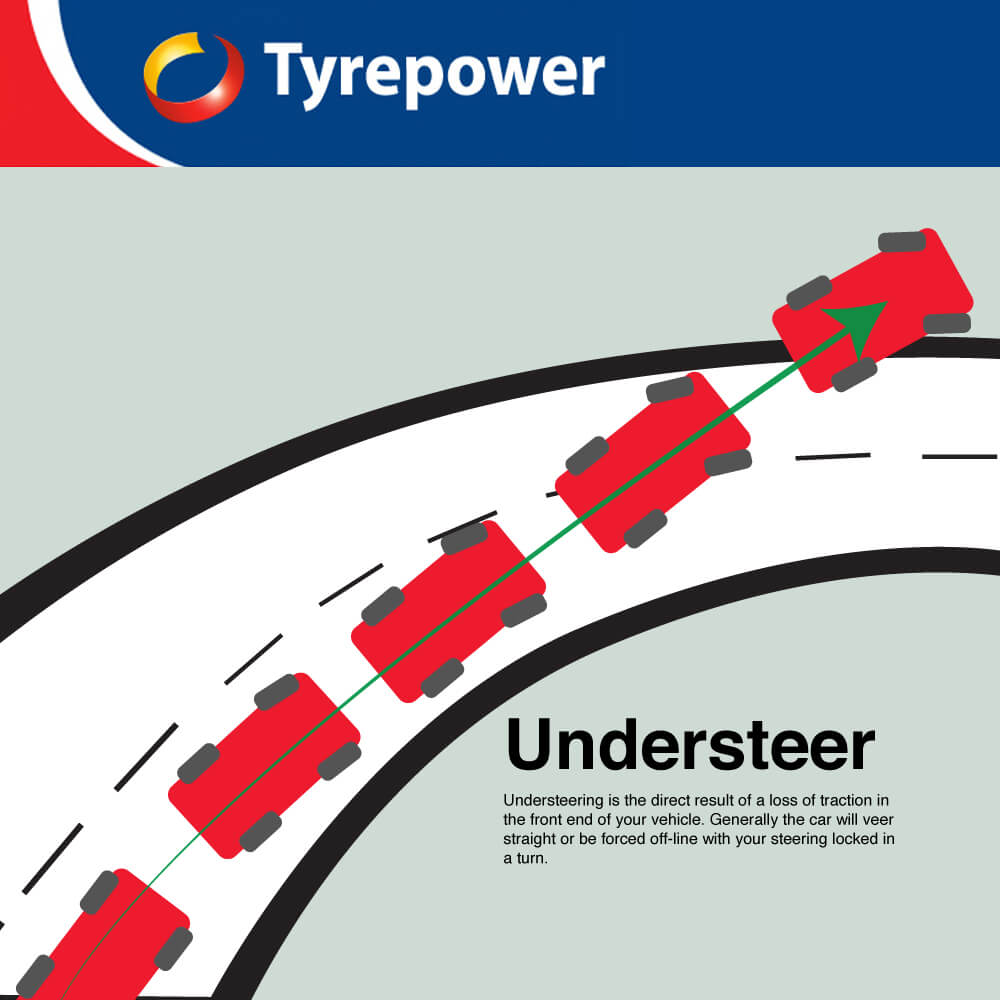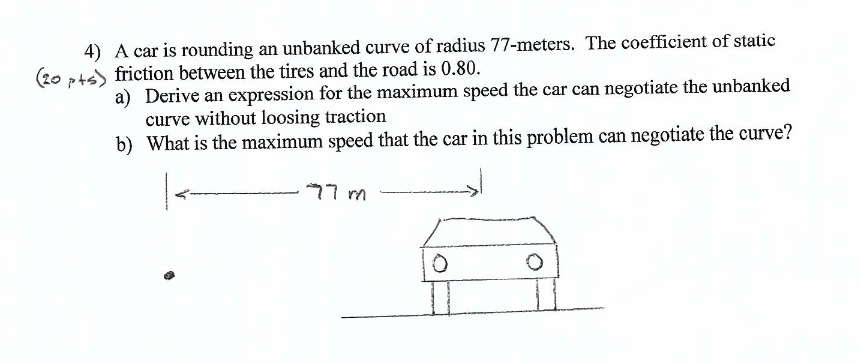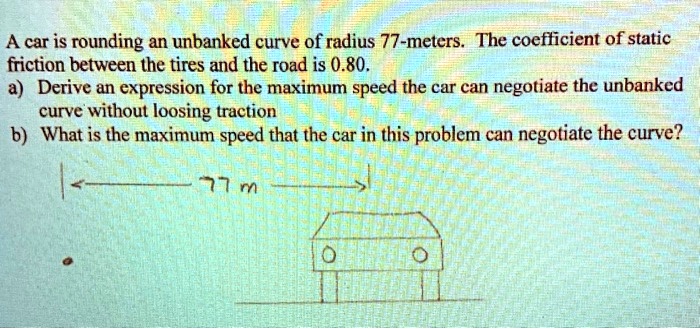Losing Traction On A Curve Is The Result Of

The screech of tires, the sickening slide, the abrupt impact – these are the hallmarks of losing traction on a curve, an event that can transform a routine drive into a harrowing experience. While often attributed to simple driver error, a complex interplay of factors can contribute to this loss of control, impacting drivers of all skill levels and underscoring the critical importance of understanding vehicle dynamics and road conditions.
Understanding the science behind losing traction is crucial for preventing accidents and promoting safer driving habits. This article delves into the common causes of this dangerous phenomenon, drawing on insights from engineering experts and accident data to provide a comprehensive overview. We will explore how factors such as speed, tire condition, road surface, and weather conditions interact to increase the risk of losing control on a curve.
The Science of Traction
Traction, at its core, is the friction between a vehicle's tires and the road surface. This friction provides the grip necessary for acceleration, braking, and, most importantly, steering.
When a vehicle enters a curve, the tires must generate a force perpendicular to their direction of travel to counteract the vehicle's inertia, which is trying to keep it moving in a straight line. This force is known as lateral force, and it is directly proportional to the coefficient of friction between the tires and the road.
If the required lateral force exceeds the maximum available friction, the tires will lose grip, resulting in a loss of traction and potential skidding. This point is often referred to as exceeding the "limit of adhesion."
Key Contributing Factors
Speed: The Primary Culprit
Excessive speed is arguably the most significant factor in losing traction on a curve. As speed increases, the required lateral force to maintain the desired trajectory also increases proportionally.
Driving too fast for the conditions, even if within the posted speed limit, can easily exceed the available grip, especially on wet, icy, or gravel-covered surfaces. The laws of physics dictate that a higher speed requires a much greater force to change direction, making the margin for error significantly smaller.
According to the National Highway Traffic Safety Administration (NHTSA), speed-related crashes are a leading cause of fatalities on US roadways, often involving loss of control on curves.
Tire Condition: The Silent Threat
Tires are the crucial link between the vehicle and the road, and their condition directly impacts available traction. Worn tires, with reduced tread depth, are significantly less effective at channeling water away from the contact patch, increasing the risk of hydroplaning in wet conditions.
Underinflated tires can also contribute to loss of traction. They reduce the tire's contact area with the road, increasing the risk of overheating and sidewall damage, compromising grip.
Regular tire inspections, proper inflation, and timely replacement are essential for maintaining optimal traction and preventing accidents. According to the Tire Industry Association (TIA), properly maintained tires can significantly improve vehicle safety and fuel efficiency.
Road Surface: The Unseen Variable
The type and condition of the road surface play a critical role in determining available traction. Smooth, dry asphalt provides the highest coefficient of friction, while wet, icy, or gravel-covered surfaces significantly reduce grip.
Road imperfections, such as potholes and uneven pavement, can also disrupt tire contact and lead to momentary losses of traction. Construction zones and debris on the roadway pose additional hazards, demanding increased driver awareness.
Local authorities are responsible for maintaining road surfaces and providing adequate warning signs about potential hazards. However, drivers must also adapt their driving behavior to the prevailing road conditions, exercising caution and reducing speed as needed.
Weather Conditions: The Unpredictable Element
Rain, snow, and ice dramatically reduce the coefficient of friction between tires and the road. Even a light drizzle can create a thin film of water on the surface, significantly increasing the risk of hydroplaning.
Black ice, a thin, transparent layer of ice, is particularly treacherous because it is often difficult to detect. Drivers should be especially cautious during periods of freezing rain or when temperatures hover around freezing.
In adverse weather conditions, it is crucial to reduce speed significantly, increase following distance, and avoid sudden steering or braking maneuvers. Many states issue warnings and advisories during severe weather events; drivers should heed these warnings and, if possible, postpone travel until conditions improve.
What to Do When Losing Traction
If you find yourself losing traction on a curve, the most important thing is to remain calm and avoid panicking. Overcorrecting or slamming on the brakes can worsen the situation.
Instead, gently ease off the accelerator and steer in the direction of the skid. This technique, known as "counter-steering," helps to realign the tires with the direction of travel and regain grip. Once traction is restored, gently straighten the steering wheel and gradually accelerate.
Vehicles equipped with Anti-lock Braking Systems (ABS) allow drivers to maintain steering control during emergency braking. If your vehicle has ABS, apply firm and continuous pressure to the brake pedal, allowing the system to automatically modulate braking force. Do not pump the brakes.
Conclusion
Losing traction on a curve is a complex event influenced by multiple factors. Understanding these factors and adopting safe driving practices is crucial for preventing accidents and ensuring road safety.
By maintaining your vehicle, especially tires, adjusting your speed to the conditions, and remaining vigilant behind the wheel, you can significantly reduce your risk of losing control and make every journey a safer one. Remember, responsible driving is the key to navigating curves safely.
Ultimately, safety on the road depends on a combination of individual responsibility and collective awareness. Education and prevention are the most effective tools for reducing the incidence of loss-of-traction accidents and promoting a safer driving environment for everyone.


















